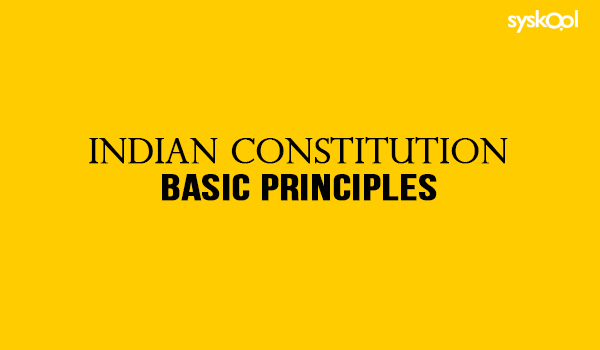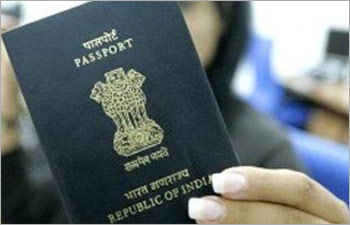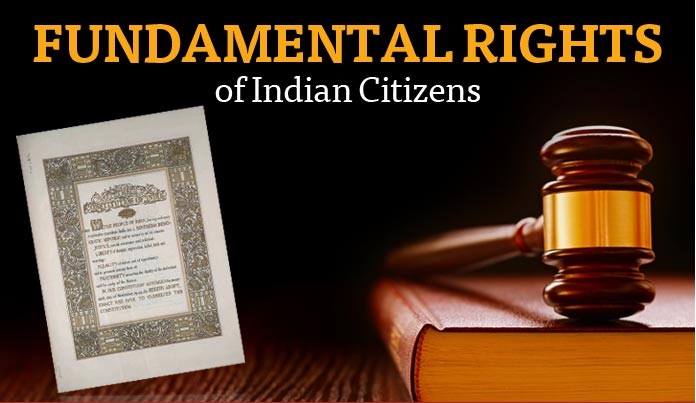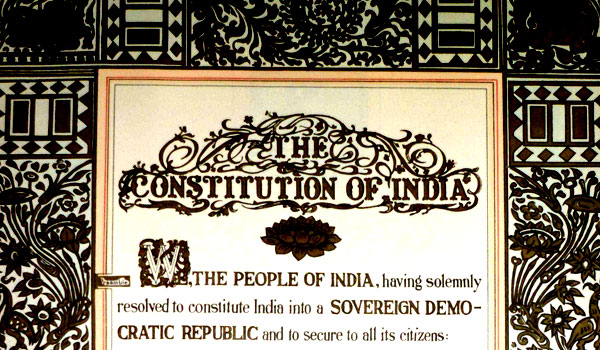Former Vice-Chancellor, University of Cochin
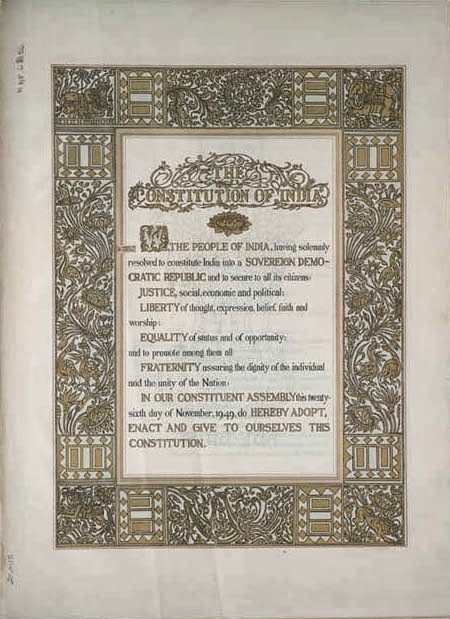
Every constitution reflects the ideas and ideals of the people who framed it. Although it is intended to be a document of permanent value, it is bound to reflect also the conditions and circumstances of the period in which it was framed. The Constitution of India is no exception to this; it embodies certain basic principles. Let us, therefore, begin with a study of these Basic Principles of the Constitution which form the foundations of the democratic government of India.
Basic Principles of the Constitution
A careful study of the Constitution will show that there are at least eight such Basic Principles of the Constitution. These are
- Popular Sovereignty,
- Fundamental Rights,
- Directive Principles of State Policy,
- Socialism,
- Secularism,
- Judicial Independence,
- Federalism and
- Cabinet Government.
We may examine briefly the scope of each of these Basic Principles of the Constitution popular Sovereignty
India is the Sovereign Democratic Republic. The opening words of the Preamble to the Constitution emphasise the ultimate authority of the people of India from whose will the Constitution emerged. The Preamble proclaims the solemn resolution of the people to constitute India into a Sovereign, Socialist, Secular, Democratic Republic.
The Basic Principles of the Constitution of popular sovereignty implies, firstly, that the ultimate authority of all governmental agencies springs from the will of the people as expressed in the Constitution and, secondly, that authority is renewed from time to time through popular elections at regular intervals. Further, under our Constitution, those who wield the executive power of the Government are responsible to the legislatures and through them to the people. Thus, in the affairs of. the State, it is the will of the people that prevails ultimately, and not the will of a few individuals, however, important or powerful.
This Basic Principles of the Constitution is reaffirmed in several places in the Constitution, particularly in Part XV dealing with elections. The elections to the House of the People (Lok Sabha) and the Legislative Assembly of every State have to be held on the basis of adult suffrage. Further, such elections must take place at least once every five years. The Constitution also ensures the democratic ideal of “one man, one vote, one value” irrespective of his wealth, education, social status or importance otherwise.
This was perhaps the most fundamental Basic Principles of the Constitution and far-reaching decision of the founding fathers of our Constitution. It was, indeed, an act of faith, homage to the people of India and implicit in the liberal outlook of India’s freedom struggle. India, thus, became the largest democracy in the world. In 1952, when India went to the polls for the first time under the Constitution, the number of eligible voters was around 173 million. In 1984, for the Eighth General Elections, the number was as large as 389 million. For the Ninth General Elections held in November 1989, the number of eligible voters was about 499 million, which included 35 million in the 18-21 age group who became eligible for the first time following the Sixty-first Constitution Amendment in 1988 amending Article 326. For the 1991 General Elections, the electorate swelled to more than 514 million, in 1999 to 620 million, in 2004 to 650 million and in 2009 it rose to 714 million.
The framers of the Constitution were not satisfied by merely providing for universal adult suffrage. They wanted also to ensure free elections by creating an independent constitutional authority—the Election Commission of India—to be in charge of everything connected with the elections.
Free elections are a reality in India. They secure for the electors both the freedom of choice from among the competing candidates who stand for different programmes and policies, and the secrecy of the ballot. The fifteen General Elections that independent India has so far had, at almost regular intervals since 1952, have demonstrated that in spite of their poverty and widespread illiteracy and difficulties in communication, the people in general, have been able to exercise robust common sense in electing candidates of their choice and, thus, exercise their supreme authority in setting up a democratic, responsible government. India has also been well known for the high percentage of voter participation in all the elections. Numbers and percentages apart, a very significant feature of these elections is* the remarkable involvement of the common citizen with the machinery and functions of democratic self-government, the steady growth of political consciousness and the highly competitive character of Indian politics.


